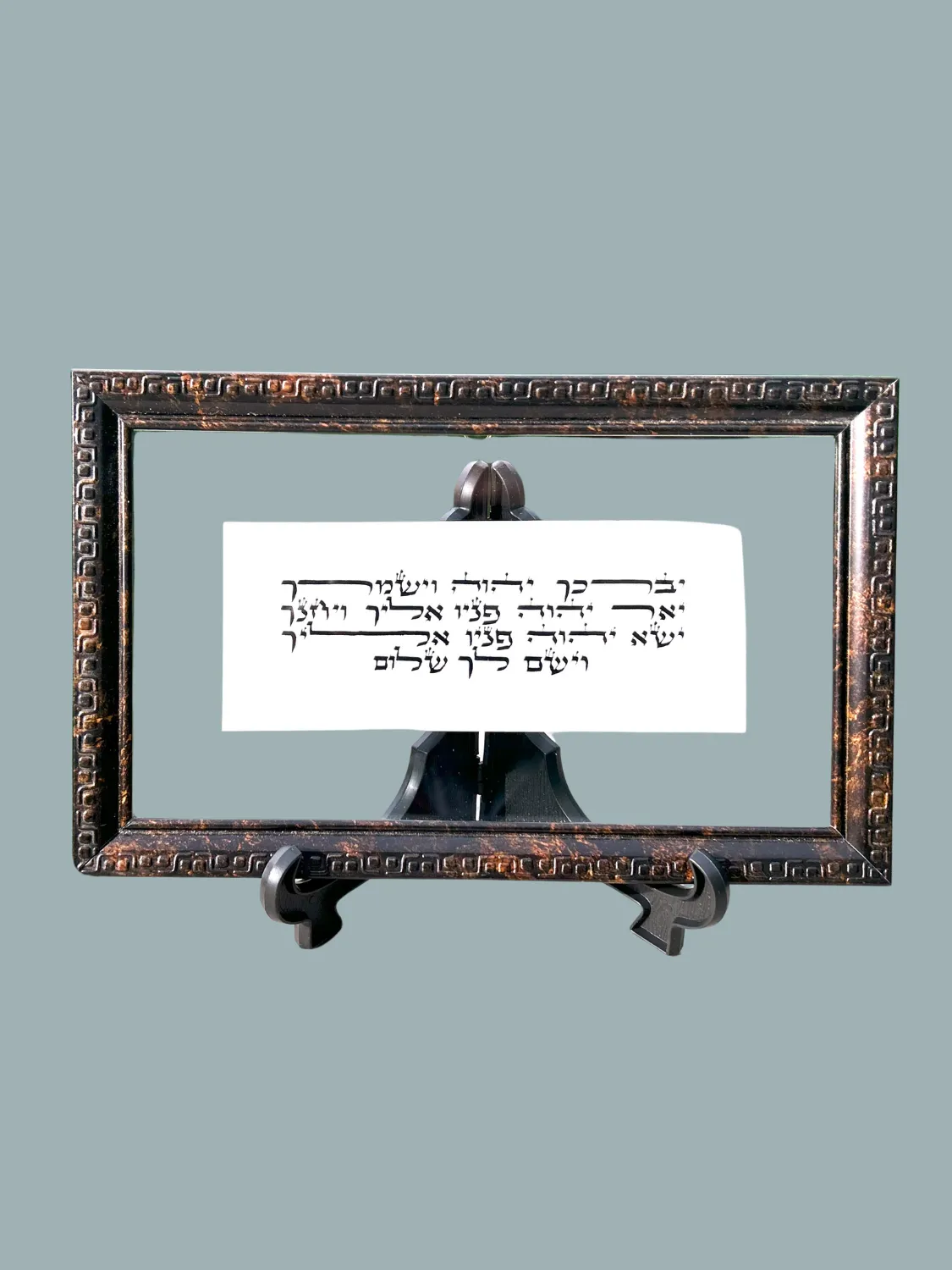
Kohen's Blessing
Also known as "Birkat Kohanim", the priestly blessing which dates back to Aaron, Moshe's brother- the first Kohen.
In Numbers 6:22–27, God commands Moses:
“Speak unto Aaron and to his sons, saying: ‘Thus shall you bless the children of Israel: You shall say to them…’”
This passage has remained virtually unchanged for over 3,300 years. The Mishnah (Sotah 7:8) instructs that the blessing be performed by kohanim (priests) facing the congregation, hands outstretched. Today, father's bless their children with the Kohen's blessing on Shabbat.
History, Ritual & Purpose
Temple Period: The priests (kohanim) recited the blessing twice daily at the Altar in Jerusalem—during morning and afternoon sacrifices.
Post‑Temple Synagogues: The liturgical continuation of this Temple ritual affirmed hope for restoration. By the 7th century, all major Jewish communities had integrated Birkat Kohanim into the Musaf (additional) service on festivals and, in Ashkenazic lands, every Sabbath.
Protection (“May the Lord bless you and guard you”)
Grace (“May the Lord make His face shine upon you and be gracious unto you”)
Peace (“May the Lord lift His countenance upon you and give you peace”)
Hands and Fingers: Kohanim join their fingers in a specific formation—thumbs together, middle fingers touching—forming the shape of the Hebrew letter “Shin.”
Silent Amidah vs. Vocalized: In Israel’s Sephardic communities, the kohanim recite the words aloud so all hear each syllable; in most Ashkenazic shuls, the congregation’s “Baruch Hu Uvaruch Shemo” is recited out loud while the kohanim chant silently.
Coverage by Talit: The kohanim cover themselves with their prayer shawls, symbolizing the garments worn in the Temple and focusing the spiritual energy inward.